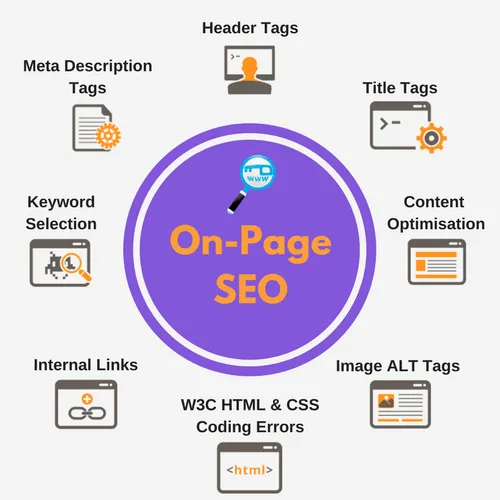How SEO is affecting the way we create content
In the digital age, search engine optimization (SEO) has become an integral aspect of content creation, fundamentally shaping the way content is conceptualized, developed, and distributed. As search algorithms continue to evolve and user behaviours evolve with them, understanding the impact of SEO on content creation is essential for marketers and content creators alike. Let’s delve into how SEO is affecting the way we create content and explore strategies for leveraging its influence effectively.

Keywords are the cornerstone of SEO, serving as the bridge between user intent and content relevance. In the past, keyword stuffing was a common practice, but with advancements in search algorithms, the focus has shifted towards natural language and semantic search. Today, content creators must conduct thorough keyword research to identify relevant terms and phrases that align with user queries and search intent. Integrating these keywords strategically throughout the content helps improve visibility and organic traffic while maintaining readability and user engagement.
2. Content Quality and Relevance: Prioritizing User Experience
Search engines prioritize content that provides value to users, emphasizing quality, relevance, and authority. As a result, content creators must prioritize user experience over keyword density. Crafting well-researched, informative, and engaging content that addresses the needs and interests of the target audience is key to achieving SEO success. By focusing on creating content that resonates with users, marketers can enhance website authority, increase dwell time, and improve search rankings over time.
3. Content Structure and Formatting: Enhancing Readability and Accessibility
In addition to content quality, the structure and formatting of content play a crucial role in SEO optimization. Search engines favour content that is well-organized, scannable, and easy to navigate. Utilizing headings, subheadings, bullet points, and other formatting elements helps break up the text and improve readability. Moreover, incorporating multimedia elements such as images, videos, and infographics not only enhances user engagement but also provides opportunities for optimizing alt text and metadata for better search visibility.
4. Mobile-Friendly Content: Catering to Changing User Habits
With the proliferation of mobile devices, optimizing content for mobile has become imperative for SEO success. Search engines prioritize mobile-friendly websites in their rankings, considering factors such as responsive design, page load speed, and mobile usability. Content creators must ensure that their content is accessible and user-friendly across various devices and screen sizes to cater to the evolving preferences of mobile users. Adopting a mobile-first approach to content creation can help enhance search visibility and user experience in an increasingly mobile-centric landscape.
5. Voice Search Optimization: Adapting to Changing Search Patterns
The rise of voice search technology has introduced new challenges and opportunities for SEO and content creation. Voice search queries tend to be more conversational and long-tail, requiring content creators to optimize for natural language and question-based queries. Incorporating FAQ sections, featured snippets, and structured data markup can improve the chances of appearing in voice search results. By understanding and adapting to the nuances of voice search, marketers can stay ahead of the curve and capitalize on this emerging trend to enhance their online visibility. Must Raed: Digital Marketing Challenges and Adaptability in 2024
6. User Engagement Metrics: Measuring Success Beyond Rankings
While search rankings remain an important metric for SEO success, they are not the sole indicator of content performance. User engagement metrics such as click-through rate, bounce rate, and dwell time provide valuable insights into how users interact with content and its relevance to their needs. Content creators should monitor these metrics closely and use them to refine their content strategy, identify areas for improvement, and enhance user engagement. By focusing on creating content that resonates with their audience and drives meaningful interactions, marketers can achieve long-term SEO success.
In conclusion, SEO continues to exert a significant influence on the way we create and optimise content in the digital age. By understanding the evolving landscape of search algorithms, user behaviours, and technological advancements, content creators can adapt their strategies to meet the changing demands of search engines and users alike. By prioritizing quality, relevance, accessibility, and user experience, marketers can create content that not only ranks well in search results but also resonates with their target audience and drives meaningful engagement.






